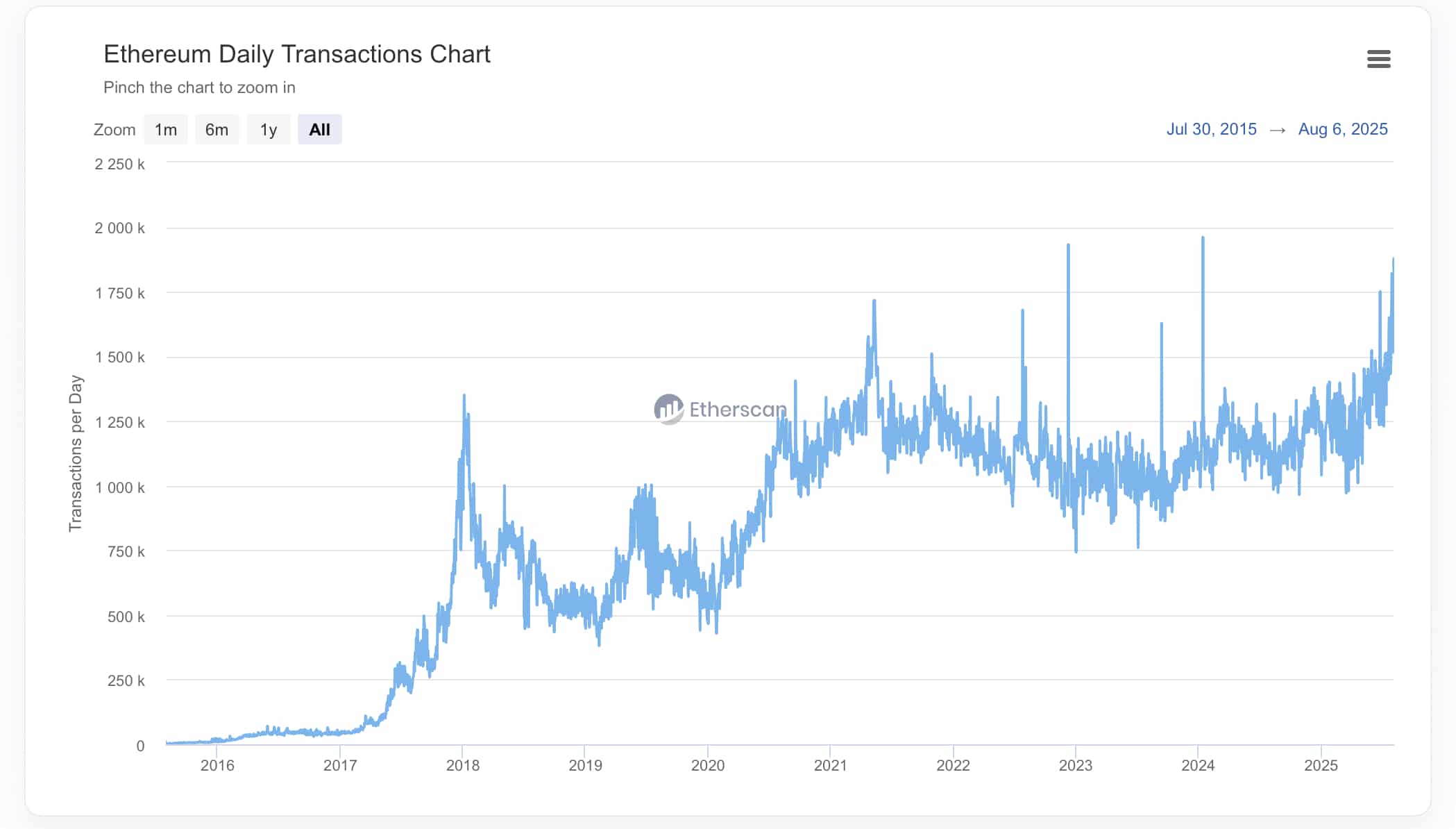Struggling with too many 1-1s eating your calendar? Learn how successful CEOs reduce their number of 1-1 meetings without sacrificing team performance, trust, or high standards—unlocking a more scalable leadership system as your startup grows.
Key Takeaways
- 1-1s are useful for onboarding new execs but shouldn’t become a permanent management crutch.
- Experienced leaders need less frequent 1-1s—and more autonomy and ownership.
- Assess your team’s independence: strong performers shouldn’t rely on weekly handholding.
- When reducing 1-1s, propose it as a trial, stay curious, and replace connection elsewhere.
- Scaling CEOs master group meetings to drive alignment, trust, and faster decision-making.
I believe founders should own their team meetings.
But 1-1s are different. They’re not your meeting. They’re your report’s meeting—for them to get support.
The problem is, as your team grows, your calendar gets eaten alive by 1-1s and you start asking yourself:
“Should I keep doing 1-1s—or cancel them and get my time back?”
Last year, a video featuring Jensen Huang went viral in which he said: “I really discourage one-on-ones.”
Clearly, this hit a nerve with startup founders around the world. But does that mean you should stop running them?
The Role of 1-1s in Startups
1-1s are dedicated time to offer individual support.
In early-stage companies, they’re essential. You’re often working with young, talented generalists who are stepping into big shoes. They are often in a functional team of just one person, and they need time with you to bounce ideas and grow into the role.
Which means: 1-1s are necessary—at least in the beginning.
However, as your team grows in size and you bring in more experienced operators, they stop being an ideal format.
Senior leaders don’t rely as much on 1-1s for support in running their function. Instead, group meetings are more efficient—and often more effective.
More context is shared. Decisions can be made in real time. And feedback is visible to everyone.
1-1s Are an Onboarding Tool, Not a Management Tool
The conventional wisdom is that 1-1s are an essential managerial tool for helping teammates solve problems. However, I like to think of them as an onboarding tool.

A typical pattern you see in startups is: a founder hires someone, and once that person is in the role, the founder refocuses on something else. They fail to invest in strong relationships upfront—and they pay for this later on.
By running one-on-ones at the start of a relationship, you build trust, provide context, and align on your expectations—all of which pay dividends down the line.
Some CEOs even do daily check-ins for the first month or two with a new exec. The goal? Make sure they’re ramping quickly, with full access to your brain. Over time, they reduce the cadence until 1-1s are ad-hoc or stop completely.
By month three, they reduce the cadence until 1-1s are ad-hoc or stop completely.
Not because you’re abandoning them—because they shouldn’t need you as much anymore.
Eventually, the need for 1-1s can shift to monthly, quarterly, or even less.
The Self-Targeting Missile
Nik Storonsky from Revolut has a great way of assessing report quality based on how much support they need:

Here are Nik’s definitions:
- Excellent – Sets and hits goals independently (aka “the self-targeting missile”)
- Strong – Needs help setting goals, but executes without handholding
- Average – Needs weekly support to stay on track
- Below Average – Struggles to hit goals, even with ongoing help
According to Nik:
“The trick is to make sure all your reports are strong or excellent.”
In other words, if someone needs weekly 1-1s to be effective… they may not be the right fit.
But let’s say your report is strong or excellent, and you’re ready to reduce your 1-1s. How do you actually do it?
How to Reset 1-1s Without Breaking the Relationship
Reports rarely ask to reduce their 1-1s. This means the trigger usually comes from you.
Start by asking:
- Does this person still need weekly support?
- Could we replace our 1-1 with a better reporting setup?
- Would bi-weekly or monthly work just as well—or even better?
You don’t need to default to weekly, hour-long calls. Shorter check-ins or flexible formats can often do the job better.
Here are five tips to navigating a successful reset:

1. Start with wins.
Before jumping into the main message, start by surfacing some positives:
“What’s been going well lately?”
This shifts the energy and gives you a read on how they’re doing. If someone struggles to find wins, they probably still need support. And if they never have wins to share… you’ve got a different conversation to have.
2. Frame it as an experiment.
When it comes to organisation, it’s always temporary. You don’t have to present reducing 1-1s as a permanent change… propose a test instead.
“I’d like to discuss our 1-1s. I want to find ways to support you that rely less on pre-scheduled 1-1s and more on group formats and ad-hoc check-ins. There are two reasons for this. Firstly, I believe you’re ready for this, and secondly, I need to focus more time on [X], which is the right thing for the company right now. But I want to make sure you’re still getting what you need. Are you open to a brainstorm?”
Once you find a win-win solution, you can suggest the test:
“How about we experiment with this for the next two months, and pop a 15-minute retro in the calendar on [date in two months time] to see how it’s going.”
3. If they push back, get curious.
If they resist, it’s not time to defend—it’s time to listen. As they unpack their concerns, ask yourself: What are they really asking for?
It may not be about the 1-1. Maybe they want more clarity, feedback, or recognition. If it’s not win-win yet, you probably haven’t found the real need.
4. Replace 1-1s with connection elsewhere.
1-1s create trust. If you scale them back, you need other trust-building rituals. That’s why I always recommend leadership offsites—not just for strategy, but for reflection and relationship-building.
Show me a low-trust leadership team, and I’ll show you one that doesn’t run offsites.
5. Don’t disappear.
Here’s the common mistake: cutting 1-1s and cutting off visibility. Just because you reduce sync time doesn’t mean you stop listening.
Be intentional about how you stay close to the work—through feedback loops, reporting structures, and clear expectations.
Group Meetings Are a Skill
Just like 1-1s are a skill, so is running group meetings. If you’re planning to reduce your 1-1s, you’ll need to get good at managing groups.
This means building facilitation skills, running tighter meetings, and installing rituals that make group time highly effective.
Jeff Bezos created a meeting format specifically to improve group dynamics. He realised that most busy execs don’t make time to read the pre-read material, which leads to bluffing and other bad behaviours.
His solution? The meeting owner prepares a six-page memo, written in prose, ahead of time. Instead of circulating it beforehand, the first 30 minutes of the meeting are spent reading it together, in silence.
To me, this is a great example of investing in group meeting mastery. Done right, group meetings outperform 1-1s. They scale faster. They drive alignment. They surface real issues.
RIP 1-1s?
Here’s the thing most people won’t say out loud: 1-1s are the easiest meetings to run because they’re the most forgiving.
Instead of resolving issues in public, people wait for their private slot. Instead of taking ownership, they defer to you. And too often, the conversation drifts toward therapy instead of execution.
But 1-1s don’t scale.
They’re a powerful onboarding tool, but not a general-purpose management system.
The more senior the person, the fewer 1-1s you should need — and the more you should rely on high-quality group conversations to drive alignment, ownership, and results.
Related reading
Originally published on May 15, 2025.








